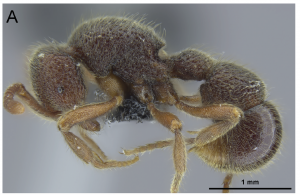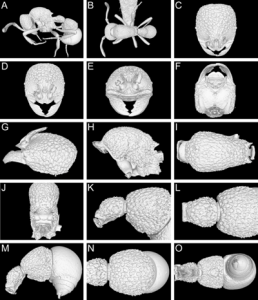 Out in Nature this week: “The future of hyperdiverse tropical ecosystems”. We were happy to contribute to a broad review of the importance of the hyperdiverse tropics to global biodiversity, ongoing threats to tropical biodiversity, as well as strategies to help mediate those threats. Particularly pleased to see ants being used as an exemplar taxon alongside birds and mammals and the rest, a main goal of our (and many others’) efforts over these last years. This stunning photo was taken by the late Rodrigo Baleia.
Out in Nature this week: “The future of hyperdiverse tropical ecosystems”. We were happy to contribute to a broad review of the importance of the hyperdiverse tropics to global biodiversity, ongoing threats to tropical biodiversity, as well as strategies to help mediate those threats. Particularly pleased to see ants being used as an exemplar taxon alongside birds and mammals and the rest, a main goal of our (and many others’) efforts over these last years. This stunning photo was taken by the late Rodrigo Baleia.
Month: July 2018
Proceratium in China
We have a new paper out in Zookeys (https://doi.org/10.3897/zookeys.770.24908) that revises the taxonomy of the very rare and cryptic ant genus Proceratium in China. We recognized 8 species from China and described 3 of them as new to science. The most spectacular species from Yunnan we named Proceratium shohei in honor of Dr. Shohei Suzuki (1979-2016), a marine scientist from OIST who lost his life in a tragic research diving accident. The study was led by our colleague Michael Staab, and included Paco and Cong from the lab, along with Zheng-Hui Xu from China.


This study continues our lab’s line of research integrating x-ray microtomography (micro-CT) scanning, computer-based 3D reconstructions, and several downstream 3D data products (such as 3D surfaces and videos) into ant systematics. We used virtual 3D surface models based on micro-CT scans for in-depth comparative analyses of specimen morphology in order to overcome the difficulties of examining the rare and valuable physical material. Since these ants are extremely hairy, thus often very dirty, we basically “shaved” them virtually.
